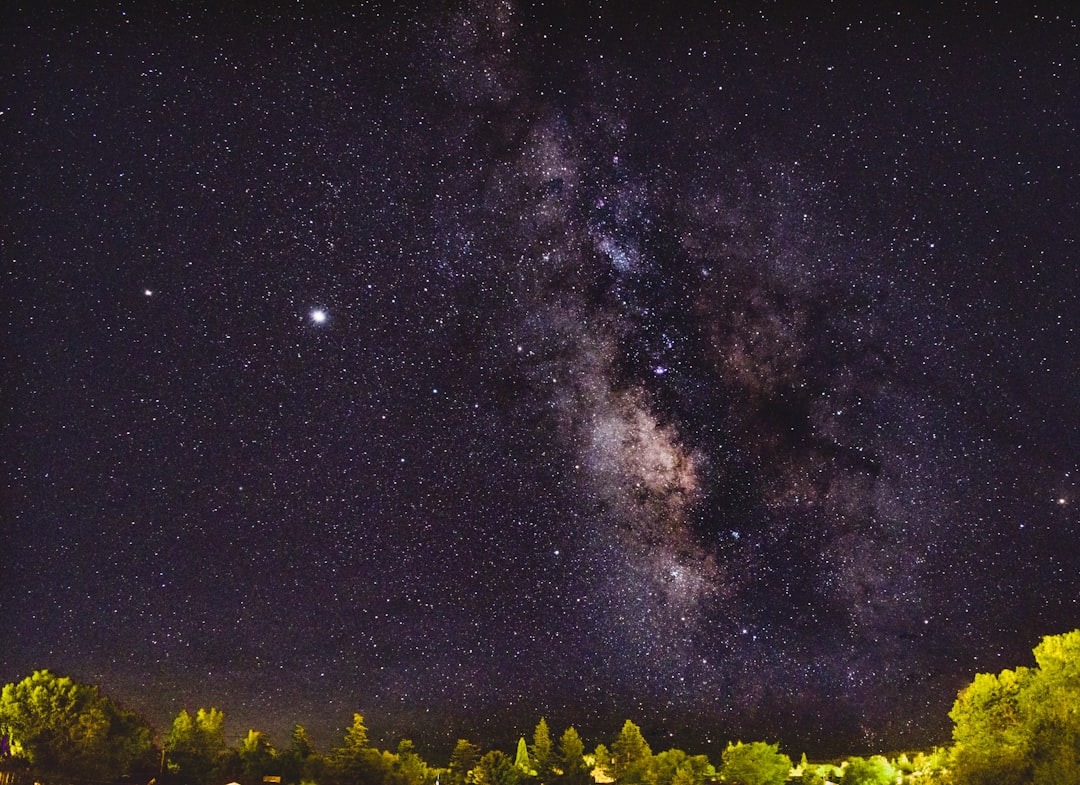Persian poetry, with its lush metaphors, intricate rhyme schemes, and layered meanings, is one of the world’s richest literary traditions. From the mystic ecstasies of Rumi to the bittersweet ironies of Hafez, from Ferdowsi’s epic grandeur to Khayyam’s philosophical quatrains, Persian verse has captivated audiences for over a millennium.
But for those who do not speak Persian, access to this treasure relies on one crucial and complex bridge: translation. What is gained—and what is inevitably lost—when Persian poetry crosses into another language, especially English? Can the soul of a ghazal survive such a journey? Or are we reading beautiful shadows of the original?
Let’s explore the challenges and triumphs of translating Persian poetry—and why even flawed translations still matter.
The Beauty (and Difficulty) of the Original
Persian poetry thrives on ambiguity, wordplay, and sound. A single word may carry spiritual, romantic, and satirical connotations all at once. The language’s flexibility allows poets to dance between meanings without firmly landing on one—a quality that feels mystical to some, elusive to others.
Take the word mey (wine), for instance. In different contexts, it can signify literal wine, divine ecstasy, spiritual knowledge, or rebellion against religious dogma. Or consider the ghazal form: with its radif (repeating refrain) and intricate meter, it creates a rhythmic spell that can’t be mirrored easily in English.
To translate such richness requires not only linguistic skill but poetic sensibility—and sometimes, brave compromise.
Challenges of Translation
-
Form vs. Meaning
Should the translator preserve rhyme and meter, even if it means bending the meaning? Or prioritize clarity and depth at the cost of musicality? It's a constant tug-of-war. -
Untranslatable Words
Persian abounds with culturally charged words like ishq (divine love), kharābāt (tavern, often with spiritual overtones), and sāqī (wine-bearer, sometimes symbolizing the Divine). These don’t have direct English equivalents and are often flattened or over-explained. -
Ambiguity and Double Meaning
Many Persian verses deliberately hover between sacred and profane meanings. Translators must decide whether to leave them open-ended or commit to an interpretation, sometimes altering the poem’s impact. -
Cultural Distance
Persian poetry draws from a shared lexicon of myths, Quranic stories, Sufi imagery, and historical context. Without these references, English readers can miss half the meaning—or more.
Triumphs and Creative Approaches
Despite the challenges, translators have found remarkable ways to bring Persian poetry to life:
-
Literal and Annotated Translations
Scholars like A. J. Arberry and Dick Davis focus on accuracy, often pairing translations with footnotes to help readers navigate cultural context. -
Poetic Adaptations
Translators like Coleman Barks (for Rumi) and Daniel Ladinsky (for Hafez) have produced loose, interpretive versions that, while criticized for inaccuracy, have introduced millions to the spirit of Persian poetry. -
Bilingual Editions
These allow Persian readers to enjoy the original while providing English-speaking audiences a glimpse of the poetic form and rhythm. -
Collaborative Translation
Increasingly, poets and Persian scholars work together to balance fidelity and beauty—a practice that respects both the original and the target language.
Why Translation Still Matters
Even with its flaws, translation is an act of bridge-building. It opens windows into other worlds, invites dialogue, and keeps cultural memory alive. The Persian poet Sa‘di once wrote, “Human beings are limbs of one body”—and translation is one way we feel that connection.
Through translation, Rumi’s longing becomes global, Hafez’s irony crosses centuries, and the Rubā‘iyyāt of Khayyām find their way into pop songs and philosophy books.
Each translation may be imperfect, but together they form a constellation of understanding—showing us that the human soul speaks in many tongues, and poetry is one of its clearest voices.
Final Thoughts
Translating Persian poetry is not about solving a puzzle—it’s about tuning into a music that exists between languages. Every translation is a new performance of an old song. Some renditions may miss the original key, but others strike a new chord altogether.
So whether you’re reading Rumi’s “Guest House,” Hafez’s wine-drenched couplets, or Ferdowsi’s tales of heroism, remember: the beauty you feel is real—even if it’s only a sliver of the original star.
Curious about a specific Persian poem or translation? Share your favorite verse—or your questions—and let’s keep the conversation alive.





